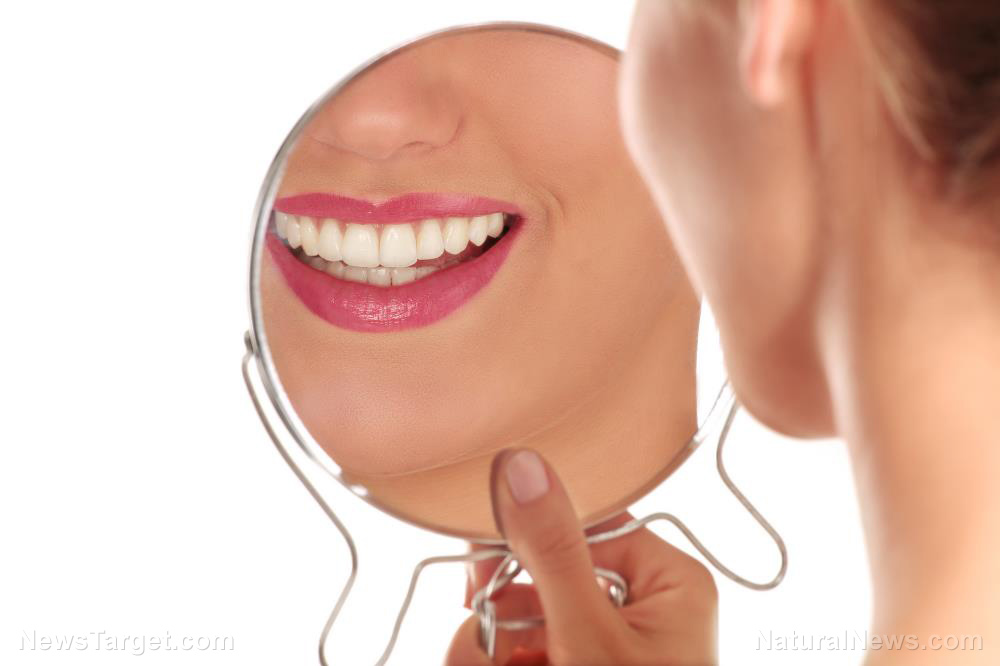
Your teeth are constantly being remineralized and demineralized. Remineralization occurs when your teeth take up minerals and nutrients from the outside to keep their structure strong, while demineralization is the opposite. When the latter occurs more often than the former, tooth decay most likely develops.
As your teeth demineralize, they get exposed to bacteria that feed off certain foods and then excrete waste in the form of acid. When you don’t clean your teeth quickly, acids remain in certain areas of your tooth enamel. Over time, these acids will start to eat away at the tooth structure and cause tooth decay.
Preventing tooth decay
When a tooth is often exposed to acid, the enamel continues to lose minerals and a white spot may appear. The appearance of a white spot is a sign of early decay, and at this point, tooth decay can be stooped or reversed.
To prevent cavities from forming, you must maintain a healthy balance of good and bad bacteria in your oral microbiome. Using conventional mouthwash won’t do any good to your health as it contains strong chemicals that kill both good and bad bacteria. It is also important to practice good oral hygiene, such as brushing your teeth two to three times a day. However, if you are eating cavity-promoting foods and not much else, all the brushing won’t prevent tooth decay. (Related: The dangers of poor oral health and why conventional products and dentists often make it worse.)
What you can do to reverse cavities
While not all cavities can be reversed by your diet, many can, especially minor ones. Here are several things you can do to save a tooth:
- Eat calcium-rich foods – Calcium keeps the bones and teeth healthy. This mineral is absorbed by your teeth and bones from the inside. It also promotes saliva production, which serves as a buffer between your teeth and mouth bacteria. You can get calcium from foods such as almonds, amaranth, beans, chia seeds, collard greens, figs, kale, lentils, poppy seeds, rhubarb, salmon, sardines, sesame seeds, and tofu.
- Add vitamin K-rich foods to your diet – You need vitamin K because it helps the body digest and distributes calcium. Foods rich in vitamin K include egg yolk, chicken liver, grass-fed beef, hard and soft grass-fed cheeses, and goose liver pate. For a vegan option, try natto. This is the only vegan vitamin K2 food and contains the most K2 among others.
- Get your vitamin D – Vitamin D helps get calcium into your teeth and bones. It also controls how much phosphorus – one of the minerals teeth need to stay strong – your teeth absorb. Aside from getting vitamin D through sun exposure, you can also get the vitamin from foods. Vitamin D-rich foods include beef liver, cod liver oil, egg yolks, fatty fish, mushrooms, shrimp, and oysters.
- Eat mineral-rich foods – Aside from calcium, your teeth need other minerals like magnesium and phosphorus to fight cavities. You can get them from foods like amaranth, avocado, chicken, dark chocolate, grass-fed cheeses, leafy greens, legumes, nuts, offal, seeds, sprouted grains, turkey, and quinoa.
- Avoid cavity-causing foods – In addition to sugary foods, wheat-based and starchy foods also cause cavities. To prevent cavities from worsening, avoid bread products, corn, crackers, desserts, pasta, processed foods, rice, and white potatoes.
You may have noticed that most of the recommended foods to eat are part of a paleo diet, with the addition of some high-quality cheeses and legumes. Try making these dietary changes as soon as possible and combine it with good dental hygiene habits. Doing these will not only help you save your tooth – but also your money.
Sources include:
Please contact us for more information.























